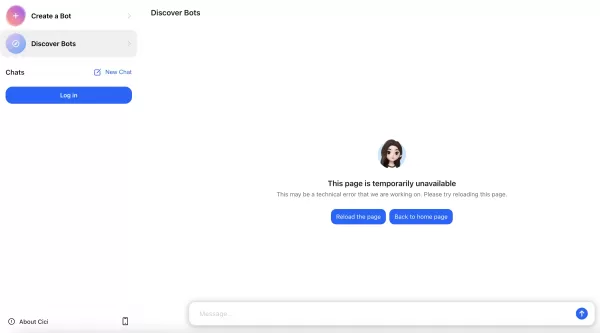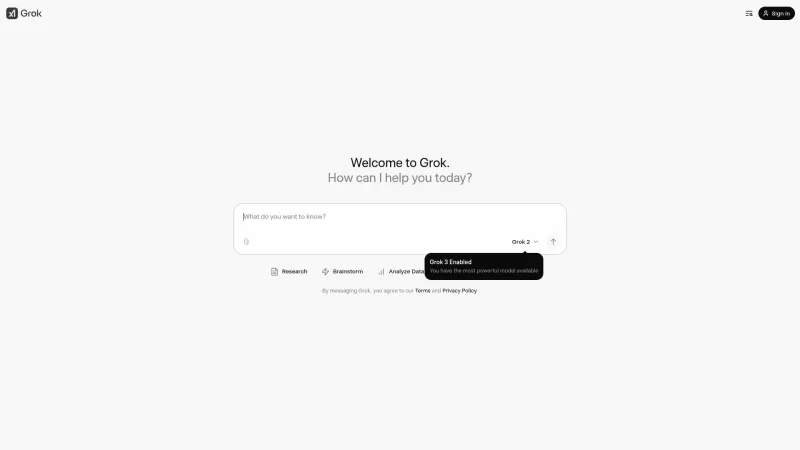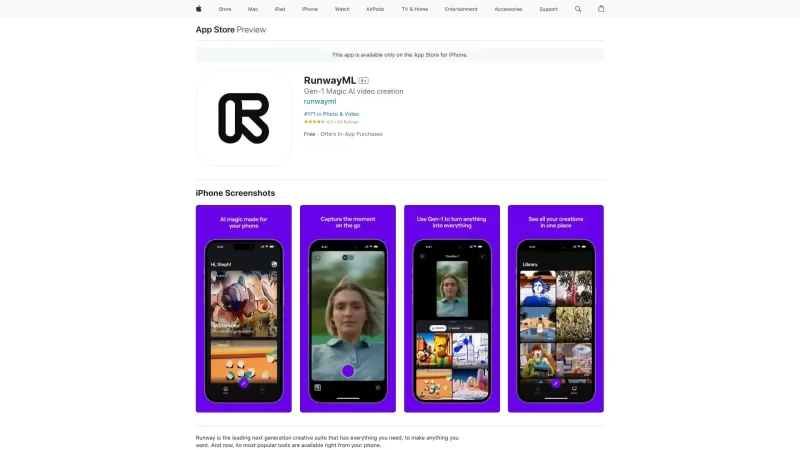AI Voice Cloning & Deepfake Scams: How to Stay Safe from Fraud
As digital technologies advance, cybercriminals are deploying increasingly sophisticated methods - including AI-powered voice cloning and deepfake technology. Law enforcement agencies warn these tools are being weaponized to create highly personalized scams that can convincingly impersonate trusted contacts. This comprehensive guide examines these emerging threats, provides detection strategies, and outlines protective measures to safeguard against financial and personal harm.
Key Points
FBI alerts indicate rising AI-enabled cybercrimes targeting individuals and organizations.
Fraudsters now utilize voice cloning and deepfake video technology in sophisticated schemes.
Personal information harvesting enables highly targeted social engineering attacks.
Identifying audio/visual anomalies remains critical for scam detection.
Multi-layered verification systems and security protocols provide essential protection.
Comprehensive awareness training significantly reduces vulnerability to these scams.
The Rising Threat of AI-Powered Scams
Understanding the FBI Warning
The digital arms race between security professionals and cybercriminals has entered a dangerous new phase with the advent of accessible AI tools. What began as niche research technologies have become powerful weapons in the hands of fraudsters.

Security experts have documented an alarming trend where criminals combine traditional social engineering with AI-generated media to bypass human instincts for trust. The FBI's warnings highlight how these techniques create fraudulent scenarios of unprecedented believability, capable of overcoming even cautious skepticism.
How AI Voice Cloning and Deepfakes Work
Modern fraud schemes employ a disturbing combination of machine learning and psychological manipulation. Attackers follow a meticulous process to maximize their success rates.
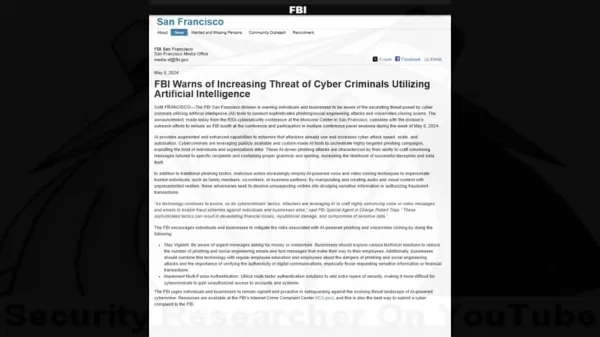
The attack lifecycle typically involves three stages:
- Data Collection: Scammers harvest voice samples from social media, public speeches, or video calls
- Voice Synthesis: AI models analyze speech patterns to generate synthetic replicas
- Multimedia Forgery: Advanced tools synchronize fake audio with manipulated video elements
Financial Impact Statistics
The monetary consequences of these AI-enabled scams demonstrate their devastating effectiveness:
- $100M+ lost by Americans in 2023 to voice cloning scams
- $14,000 average loss per incident
- $1.03 trillion global fraud losses annually
Spotting AI Scams: Detection Strategies
The Attack Methodology
Understanding criminal tactics helps potential targets recognize red flags:
- Establish Trust: Use cloned voices of known contacts
- Gather Intelligence: Research targets through social engineering
- Execute Attack: Deploy personalized deception scenarios
Identifying AI Manipulation
Warning signs of synthetic media include:
- Inconsistent vocal characteristics and pacing
- Unnatural speech patterns or phrasing

- Mechanical artifacts in audio quality
- Emotional responses that seem scripted
- Factual errors in personal references
Protective Countermeasures
Verification Best Practices
Defensive strategies should incorporate:
- Independent verification through established contact channels
- Prearranged authentication codes with frequent contacts
- In-person confirmation for unusual requests
Security Enhancements
Technical safeguards include:
- Mandatory multi-factor authentication
- Regular credential rotation policies
- Fraud monitoring systems
Awareness Training
Education initiatives should cover:
- Current scam tactics and case studies
- Psychological manipulation techniques
- Response protocols for suspicious communications
Data Privacy Management
Reduce attack surfaces by:
- Auditing social media exposure
- Restricting personal information sharing
- Implementing strict data handling policies
Advantages and Challenges
Pros
Creates highly realistic impersonations
Triggers instinctive trust responses
Produces convincing multimedia content
Cons
Potential for significant financial loss
Psychological and reputational harm
Erosion of digital trust ecosystems
Frequently Asked Questions
How does AI voice cloning work?
The technology analyzes voice samples to create synthetic replicas that mimic speech patterns, tone, and cadence, enabling convincing impersonations.
What are indicators of deepfake videos?
Look for unnatural facial movements, inconsistent lighting/skin tones, and artifacts around edges or during motion.
How should I respond to suspicious distress calls?
Verify through multiple independent channels before taking any action or providing information.
Related Questions
Are AI deepfakes illegal?
Legal status varies by jurisdiction and usage context. Most countries prohibit deepfakes used for fraud, harassment, or non-consensual content.
What protects businesses from AI fraud?
Key protections include employee training, technical safeguards, verification protocols, and incident response planning.
Related article
 North.Cloud Secures $5M to Revolutionize Cloud FinOps with AI-Driven Operating System
North.Cloud Secures $5 Million Series A to Pioneer Next-Gen Cloud Infrastructure Management
Cloud optimization leader North.Cloud has announced a $5 million Series A funding round led by Companyon Ventures, fueling the rollout of its groundbreaking
North.Cloud Secures $5M to Revolutionize Cloud FinOps with AI-Driven Operating System
North.Cloud Secures $5 Million Series A to Pioneer Next-Gen Cloud Infrastructure Management
Cloud optimization leader North.Cloud has announced a $5 million Series A funding round led by Companyon Ventures, fueling the rollout of its groundbreaking
 Artifism Review: AI-Powered Content & Image Generator SaaS Script
In today's content-driven digital ecosystem, consistently producing high-quality materials presents significant challenges for creators and marketers alike. The Artifism AI Content & Image Generator SaaS script offers an innovative solution by automa
Artifism Review: AI-Powered Content & Image Generator SaaS Script
In today's content-driven digital ecosystem, consistently producing high-quality materials presents significant challenges for creators and marketers alike. The Artifism AI Content & Image Generator SaaS script offers an innovative solution by automa
 Google AI Ultra Unveiled: Premium Subscription Priced at $249.99 Monthly
Google Unveils Premium AI Ultra SubscriptionAt Google I/O 2025, the tech giant announced its new comprehensive AI subscription service - Google AI Ultra. Priced at $249.99 monthly, this premium offering provides exclusive access to Google's most adva
Comments (0)
0/200
Google AI Ultra Unveiled: Premium Subscription Priced at $249.99 Monthly
Google Unveils Premium AI Ultra SubscriptionAt Google I/O 2025, the tech giant announced its new comprehensive AI subscription service - Google AI Ultra. Priced at $249.99 monthly, this premium offering provides exclusive access to Google's most adva
Comments (0)
0/200
As digital technologies advance, cybercriminals are deploying increasingly sophisticated methods - including AI-powered voice cloning and deepfake technology. Law enforcement agencies warn these tools are being weaponized to create highly personalized scams that can convincingly impersonate trusted contacts. This comprehensive guide examines these emerging threats, provides detection strategies, and outlines protective measures to safeguard against financial and personal harm.
Key Points
FBI alerts indicate rising AI-enabled cybercrimes targeting individuals and organizations.
Fraudsters now utilize voice cloning and deepfake video technology in sophisticated schemes.
Personal information harvesting enables highly targeted social engineering attacks.
Identifying audio/visual anomalies remains critical for scam detection.
Multi-layered verification systems and security protocols provide essential protection.
Comprehensive awareness training significantly reduces vulnerability to these scams.
The Rising Threat of AI-Powered Scams
Understanding the FBI Warning
The digital arms race between security professionals and cybercriminals has entered a dangerous new phase with the advent of accessible AI tools. What began as niche research technologies have become powerful weapons in the hands of fraudsters.

Security experts have documented an alarming trend where criminals combine traditional social engineering with AI-generated media to bypass human instincts for trust. The FBI's warnings highlight how these techniques create fraudulent scenarios of unprecedented believability, capable of overcoming even cautious skepticism.
How AI Voice Cloning and Deepfakes Work
Modern fraud schemes employ a disturbing combination of machine learning and psychological manipulation. Attackers follow a meticulous process to maximize their success rates.

The attack lifecycle typically involves three stages:
- Data Collection: Scammers harvest voice samples from social media, public speeches, or video calls
- Voice Synthesis: AI models analyze speech patterns to generate synthetic replicas
- Multimedia Forgery: Advanced tools synchronize fake audio with manipulated video elements
Financial Impact Statistics
The monetary consequences of these AI-enabled scams demonstrate their devastating effectiveness:
- $100M+ lost by Americans in 2023 to voice cloning scams
- $14,000 average loss per incident
- $1.03 trillion global fraud losses annually
Spotting AI Scams: Detection Strategies
The Attack Methodology
Understanding criminal tactics helps potential targets recognize red flags:
- Establish Trust: Use cloned voices of known contacts
- Gather Intelligence: Research targets through social engineering
- Execute Attack: Deploy personalized deception scenarios
Identifying AI Manipulation
Warning signs of synthetic media include:
- Inconsistent vocal characteristics and pacing
- Unnatural speech patterns or phrasing
- Mechanical artifacts in audio quality
- Emotional responses that seem scripted
- Factual errors in personal references

Protective Countermeasures
Verification Best Practices
Defensive strategies should incorporate:
- Independent verification through established contact channels
- Prearranged authentication codes with frequent contacts
- In-person confirmation for unusual requests
Security Enhancements
Technical safeguards include:
- Mandatory multi-factor authentication
- Regular credential rotation policies
- Fraud monitoring systems
Awareness Training
Education initiatives should cover:
- Current scam tactics and case studies
- Psychological manipulation techniques
- Response protocols for suspicious communications
Data Privacy Management
Reduce attack surfaces by:
- Auditing social media exposure
- Restricting personal information sharing
- Implementing strict data handling policies
Advantages and Challenges
Pros
Creates highly realistic impersonations
Triggers instinctive trust responses
Produces convincing multimedia content
Cons
Potential for significant financial loss
Psychological and reputational harm
Erosion of digital trust ecosystems
Frequently Asked Questions
How does AI voice cloning work?
The technology analyzes voice samples to create synthetic replicas that mimic speech patterns, tone, and cadence, enabling convincing impersonations.
What are indicators of deepfake videos?
Look for unnatural facial movements, inconsistent lighting/skin tones, and artifacts around edges or during motion.
How should I respond to suspicious distress calls?
Verify through multiple independent channels before taking any action or providing information.
Related Questions
Are AI deepfakes illegal?
Legal status varies by jurisdiction and usage context. Most countries prohibit deepfakes used for fraud, harassment, or non-consensual content.
What protects businesses from AI fraud?
Key protections include employee training, technical safeguards, verification protocols, and incident response planning.
 Artifism Review: AI-Powered Content & Image Generator SaaS Script
In today's content-driven digital ecosystem, consistently producing high-quality materials presents significant challenges for creators and marketers alike. The Artifism AI Content & Image Generator SaaS script offers an innovative solution by automa
Artifism Review: AI-Powered Content & Image Generator SaaS Script
In today's content-driven digital ecosystem, consistently producing high-quality materials presents significant challenges for creators and marketers alike. The Artifism AI Content & Image Generator SaaS script offers an innovative solution by automa
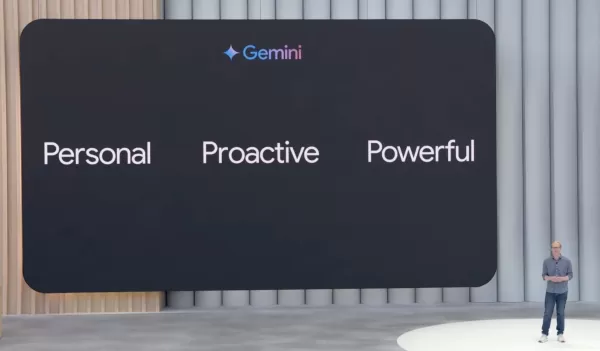 Google AI Ultra Unveiled: Premium Subscription Priced at $249.99 Monthly
Google Unveils Premium AI Ultra SubscriptionAt Google I/O 2025, the tech giant announced its new comprehensive AI subscription service - Google AI Ultra. Priced at $249.99 monthly, this premium offering provides exclusive access to Google's most adva
Google AI Ultra Unveiled: Premium Subscription Priced at $249.99 Monthly
Google Unveils Premium AI Ultra SubscriptionAt Google I/O 2025, the tech giant announced its new comprehensive AI subscription service - Google AI Ultra. Priced at $249.99 monthly, this premium offering provides exclusive access to Google's most adva

